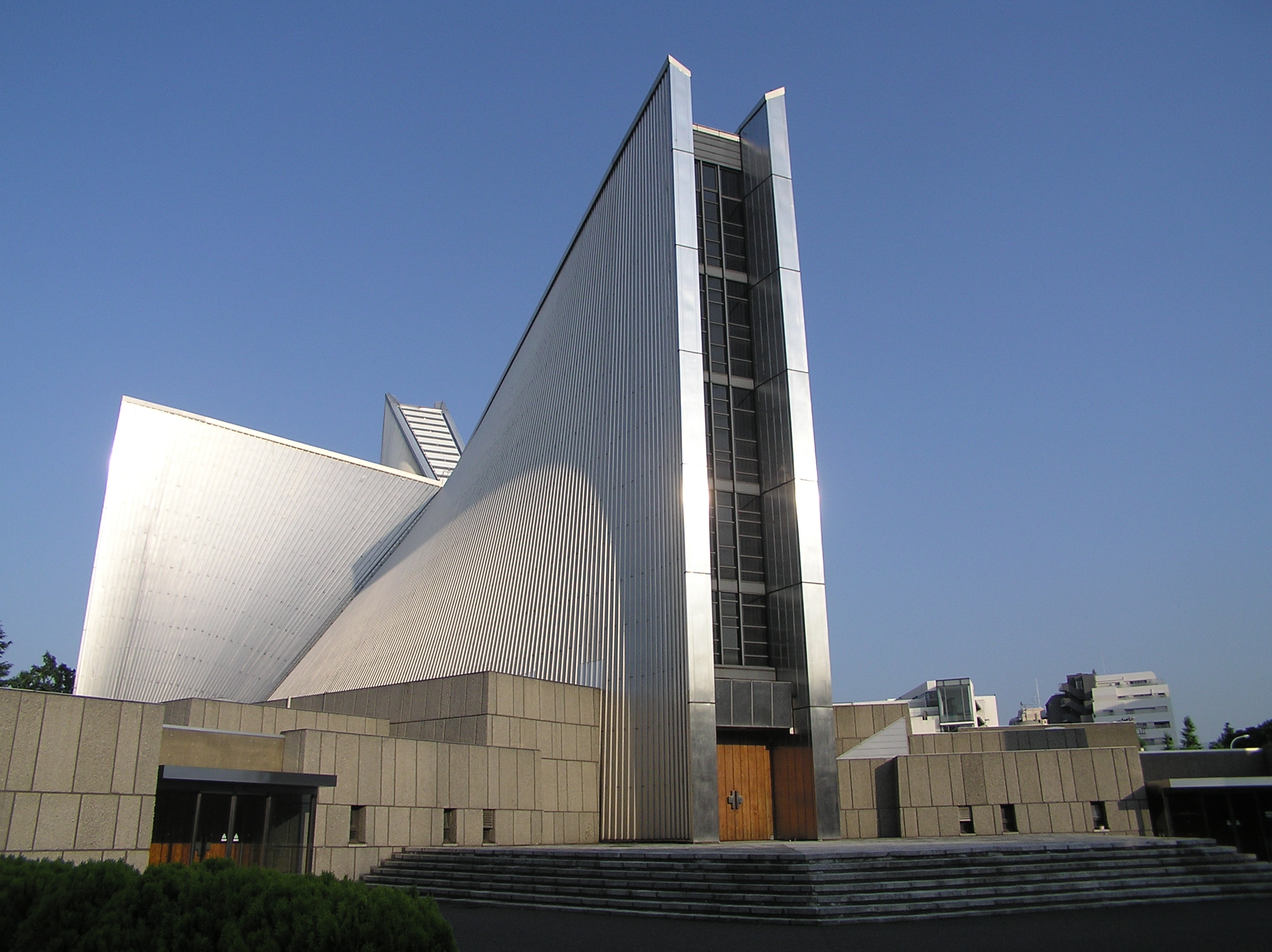Tange, Kenzo (1913-2005), was a Japanese architect. His work blends modern glass and concrete building systems with traditional Japanese styles as in the Kagawa Prefecture Government Building (1958). He won fame for the Peace Hall (1949-1956), built on the site of the atomic bomb explosion in Hiroshima, Japan.

In 1987, Tange won the Pritzker Architecture Prize, considered the most prestigious award in architecture (see Pritzker Architecture Prize). The Pritzker Prize jury commented that Tange always found “shapes that lift our hearts because they seem to emerge from some ancient and dimly remembered past and yet are breathtakingly of today.”
Tange was born in Osaka, Japan, on Sept. 4, 1913. He studied at the University of Tokyo, where he was professor of architecture from 1946 to 1974. In 1960, Tange devised a radical, though unbuilt, scheme to extend Tokyo into Tokyo Bay. In 1964, he won praise for his sweeping suspended roof for the National Gymnasium for the Tokyo Olympic Games. He also designed the Roman Catholic St. Mary’s Cathedral (1964) in Tokyo. Among his later works is the design for the Tokyo City Hall (1986-1991) as two tall geometric towers.
Beginning in the mid-1960’s, Tange concentrated on urban planning, with designs for Skopje, Yugoslavia (1965-1966); and Bologna, Italy (1971). He also designed the Royal Palace in Jeddah, Saudi Arabia (1977-1982), and the Abuja urban scheme in Nigeria (1979). He died on March 22, 2005.
